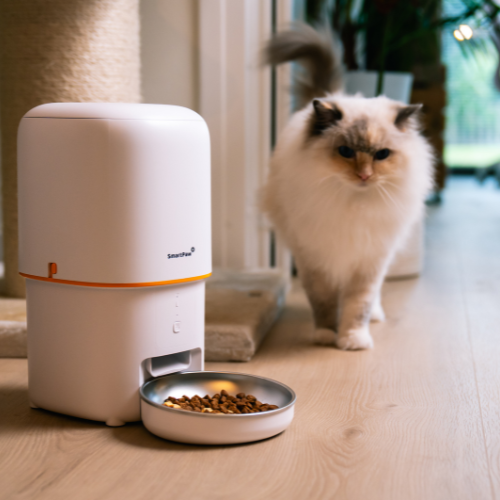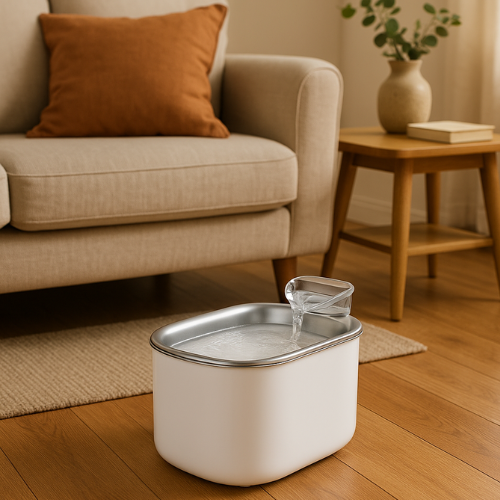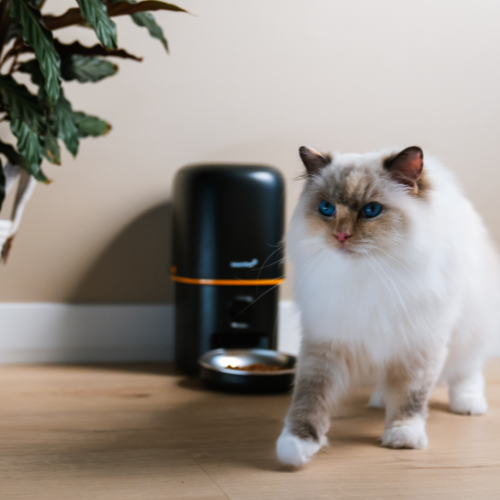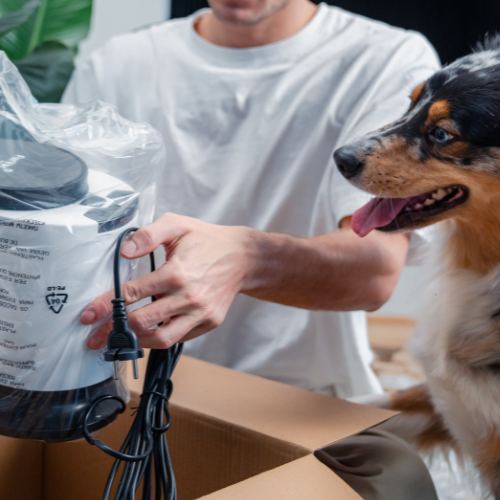Obesity in pets is a growing concern, leading to serious health issues like diabetes, arthritis, and heart disease. Many pet owners struggle to determine if their cat or dog is at a healthy weight. In this guide, we’ll help you assess your pet’s body condition and provide tips to maintain their ideal weight.

How to Check If Your Pet Is Overweight
1. The Rib Test
-
Place your hands on your pet’s ribcage.
-
If you can’t feel the ribs without pressing, your pet may be overweight.
-
If the ribs are overly visible or feel too pronounced, your pet might be underweight.
2. Waistline Check
-
Look at your pet from above.
-
A healthy pet should have a visible waist behind the ribs.
-
If there’s no waist or your pet looks round, they may need to lose weight.
3. Side Profile Evaluation
-
Observe your pet’s abdomen from the side.
-
A slight tuck behind the ribs is ideal.
-
If the belly sags or there’s no visible tuck, excess weight may be a concern.
Common Causes of Pet Obesity
-
Overfeeding and free-feeding without portion control.
-
Lack of regular exercise or physical activity.
-
Feeding too many treats or table scraps.
-
Certain medical conditions such as hypothyroidism.
How to Help Your Pet Achieve a Healthy Weight
1. Portion Control and Proper Nutrition
-
Use measuring cups to control food portions.
-
Consider automatic feeders for consistent meal schedules.
-
Choose high-protein, low-carb food to maintain muscle mass and energy levels.
2. Encourage Regular Exercise
-
Schedule daily walks for dogs and active play sessions for cats.
-
Use interactive toys, such as laser pointers or puzzle feeders, to stimulate movement.
-
Climbing structures, scratching posts, and obstacle courses keep cats engaged.
3. Limit Treats and Human Food
-
Replace high-calorie treats with healthy alternatives like carrot sticks or freeze-dried meats.
-
Avoid feeding table scraps, which often contain too much fat and salt.
-
Reward good behavior with playtime instead of excessive treats.
4. Monitor Your Pet’s Progress
-
Weigh your pet regularly and track their weight.
-
Consult your vet for a weight management plan if needed.
-
Adjust food portions and activity levels based on progress.
When to See a Vet
If your pet is struggling to lose weight despite dietary and exercise changes, consult a veterinarian. They can assess for underlying health issues and recommend a tailored weight loss plan.
Conclusion
Maintaining a healthy weight is essential for your pet’s longevity and quality of life. By monitoring their weight, controlling portions, and ensuring regular exercise, you can help them stay fit and happy.
Looking for a way to regulate your pet’s feeding habits? Try Smartpaw’s Automatic Feeders to ensure portion control and consistent meal times!













